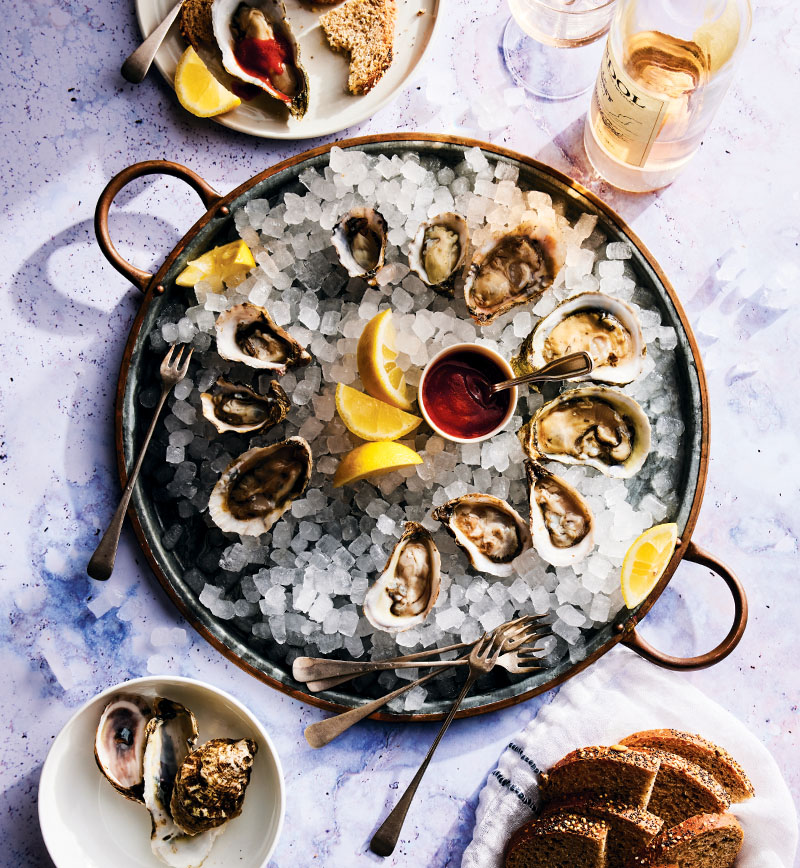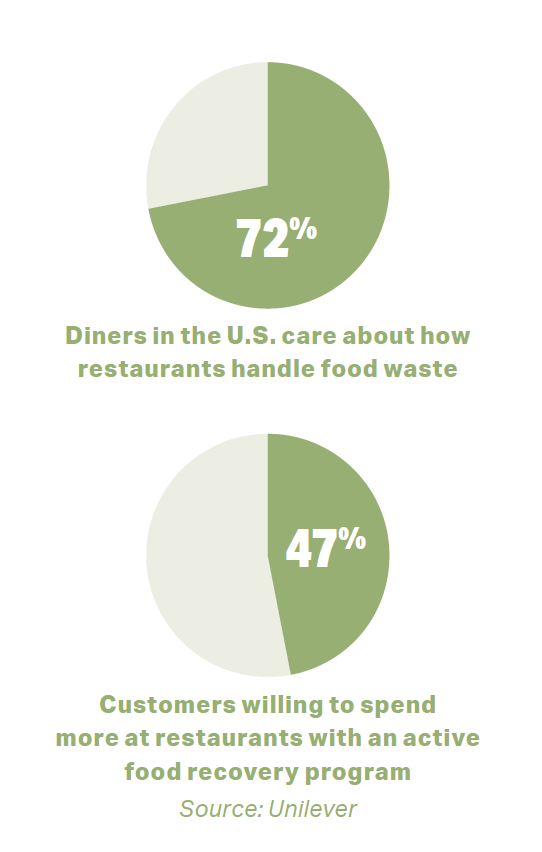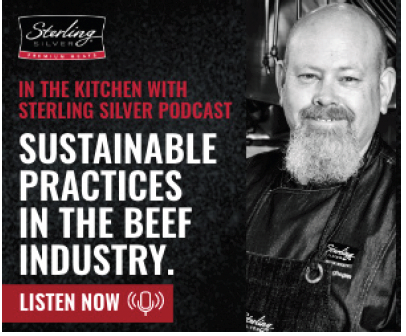6 Ways to Reduce Food Waste in Restaurants
A no-waste approach, from concept to compost bin
Restaurants are a small slice of the food system’s contributions to damaging the environment, but they can play a large role in developing solutions to climate change.
It begins by reducing waste, so it doesn’t end up in landfills, further contributing to greenhouse gas emissions, chefs say. Call it sustainability 2.0 or a zero-waste restaurant.
Zero-Waste Recipes From This Article:

“I have altruistic intentions, but I also don’t want to spend money on food to impress a customer that they’re going to throw in the trash,” says Rob Connoley, chef-owner of Bulrush in St. Louis. “I want to maximize everything I spend.”
U.S. restaurants are responsible for 18% of total food waste, according to ReFED, a nonprofit that develops solutions for reducing these losses. That translates into billions of gallons of unused produce, meat and grains that restaurants purchase each year.

A zero-waste restaurant generates no garbage – a lofty goal for most operators (Bulrush generates, on average, 5 gallons of food waste per week, and all of it is composted). But chefs committed to zero-waste principles say perfect should not be the enemy of good: Waste-reducing changes to menu design and ingredient ordering can yield financial savings, higher employee morale and more exciting dishes.
“This is not something limited by knowledge or skill. It’s truly limited by intention and commitment,” Connoley says. “The mindset isn’t a burden. It’s me watching the trash can and when I see food in it, saying ‘Why is this here?’”
START WITH PORTION SIZE
In the 80-seat restaurant where Connoley worked before Bulrush, large portion sizes meant the kitchen tossed about 40 gallons of food per night just from plates that servers cleared. Restaurants often err on the side of oversized portions, he says, because they think they must, but most diners merely expect a fair meal at a fair price.
If plates are consistently coming back to the kitchen with food remaining, that’s a sign that a kitchen can begin reducing portion sizes while incorporating more textures, colors and flavors.
DESIGN FOR THE WHOLE INGREDIENT
At Lighthouse restaurant in Brooklyn, New York, a zero-waste goal means every dish begins with a consideration of whole, in-season ingredients. This spurs creativity in using “bits and pieces,” as co-owner Naama Tamir calls them, or it necessitates partnerships with organizations that can use certain types of Lighthouse’s food waste. Its oyster shells, for example, go to the Billion Oyster Project, which collects shells weekly and uses them to rebuild reef sites across New York’s five boroughs. Some vegetable scraps go to local artists who dye textiles with them.
AVOID THE SHORT SHELF LIFE
Some ingredients just aren’t worth buying. For example, Lighthouse tends not to purchase certain ingredients because they spoil too quickly, and some portion is likely to be wasted.
“We don’t work with microgreens,” Tamir says. “That’s part of the design – a thoughtful menu by elimination. We don’t work with things that might end up in the trash.”
But if a food is nearing its final days as a fresh ingredient, have a plan to freeze, dry or ferment to create another dish.
USE TECHNOLOGY

Anticipating demand is one of the best tools to reduce food waste and save on costs. Many point-of-sale systems offer predictive sales technology, which aims to give operators better visibility into future traffic.
The Jimmy John’s location in Nahonet, Illinois, has been using ClearCOGS to generate predictive PAR levels for two years. General manager Kyle Roadl calls the software a game-changer. It breaks down hour-by-hour how much bread we should have. It’s almost dummy-proofed to where, if we follow this game plan, we should not run out of bread, but we’re not going to waste multiple trays at the end of the night, either,” Roadl says.
With reports on sales, Roadl can make more precise decisions on ordering, bread in particular, but also on staffing levels. Both have led to savings. “It’s pretty crazy how its sales projections are right on the money, within a few hundred bucks,” Roadl says.
FLEX YOUR PRIX FIXE
But when technology isn’t available to help with forecasting, chefs can find other ways to limit menu waste.

Abra Berens, chef at Granor Farm in Three Oaks, Michigan, says prix-fixe/special menus and chef’s tasting menus can give chefs greater control over ordering. They allow for anticipating what diners will order and repurposing ingredients that need to be used. Berens says she’s noticed diners are more enthusiastic about this type of experiential dining.
“I think about places like Farm Club in Traverse City, which does a ‘shepherd’s tent’ for six to eight people. You rent the whole tent, and the kitchen sets the menu for you,” Berens says. “It’s really nice for their offseason, and they’re able to create customer excitement.”
The same thinking can be applied to just about any theme, from an ingredient or seasonal focus to local and national holidays.
GIVE FOOD A SECOND LIFE
When Vermont became the first state with a recycling law that essentially banned disposal of food waste, the state saw a 40% increase in food donations. At least six states – from California to Massachusetts – have laws restricting the amount of food waste allowed at landfills, which has drastically reduced food waste tonnage. These kinds of actions, along with greater awareness of climate change, have led to more options for donating surplus food to the underserved, selling remaining dishes at the end of the day, and composting.



